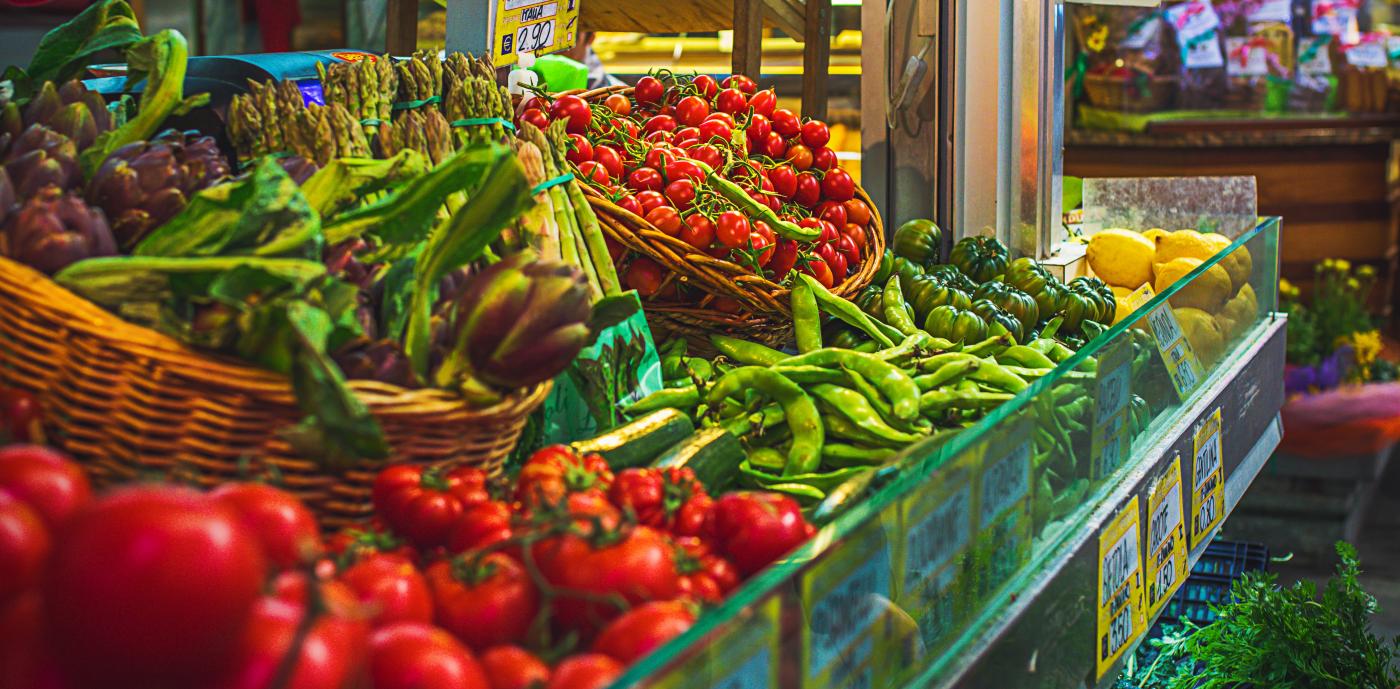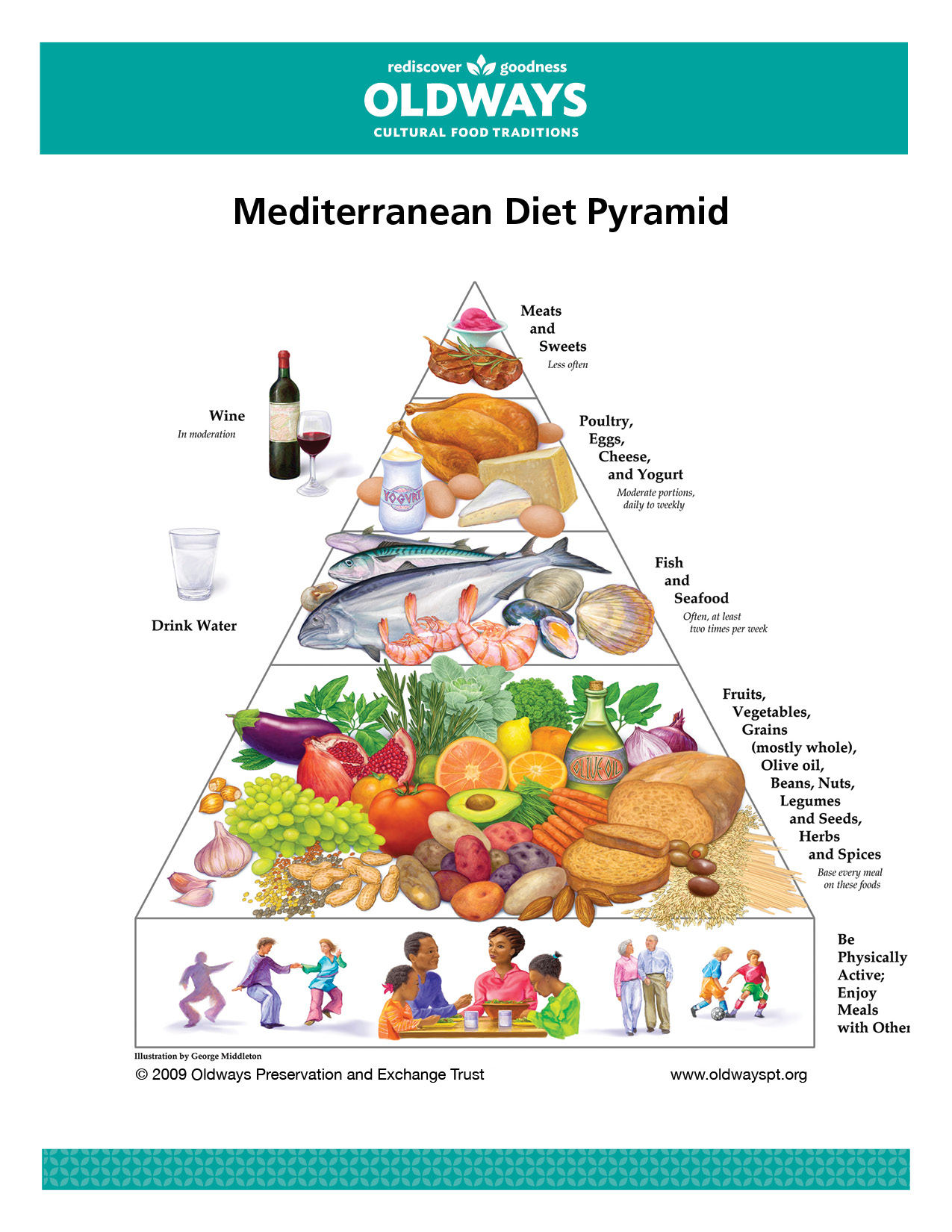While it’s certainly possible to eat a balanced diet on a modest budget, it’s increasingly clear that global food economics are at least somewhat out of touch with public health. Case in point: A bacon McDouble® is only $2 at most McDonald’s restaurants, whereas broccoli florets run $2.36 per pound on average, according to the USDA.
There’s no question that most Americans would benefit nutritionally from choosing more green vegetables and fewer servings of red and processed meat. So when a new study revealed that the EAT-Lancet diet was unaffordable for 1.6 billion people around the world, it begs the question-should we change the diet or the food system itself?
The EAT-Lancet diet is based on a groundbreaking report from distinguished scientists across the globe. Through an extensive review of literature, the creators of the EAT-Lancet diet found that an ideal diet that meets basic nutritional needs and can be sustainably produced is mostly plant-based. Specifically, this diet is based around about 11 ounces vegetables, 9 ounces of dairy foods (a little over a cup of milk) 8 ounces of whole grains (about 8 servings, such as a slice of bread or a ½ cup cooked grains), 7 ounces of fruit, 3 ounces of legumes, 2 ounces of nuts, and an optional 2 ounces of other animal foods (like eggs, poultry, or meat) per day. The authors suggest that a global shift towards these dietary principles can prevent approximately 11 million deaths per year, and can sustainably produce enough food for the growing population without further damage to the environment.
Our current global economy however, hasn’t quite gotten on board. According to a new article in The Lancet, it seems that even modest amounts of animal foods can be financially out of reach for low-income families in various parts of the world. According to the authors, “The main cost differences between the EAT-Lancet reference diet and the cost of nutrient adequacy largely originate from the larger quantity of animal source foods in the EAT-Lancet reference diet than would be required for nutrient adequacy alone.”
As Frances Moore Lappé famously wrote, “hunger is not caused by a scarcity of food, but a scarcity of democracy.” We have a lot of work to do to make sure that families around the world have access to nutritious, affordable, culturally appropriate foods, and the good news is that we can start now.
Some of the healthiest diets in the world, including the highly acclaimed Mediterranean Diet, are based on “peasant foods” like legumes, whole grains, and seasonally available vegetables. To transition to a diet that’s healthier for your body and your budget, explore traditional, plant forward diets, such as the Mediterranean Diet, the African Heritage Diet, the Latin American Heritage Diet, and the Asian Heritage Diet. The simple, yet elegant recipes from these diverse culinary traditions highlight generations of knowledge in terms of resourcefulness and getting the biggest nutritional bang for your buck.








Leave a comment